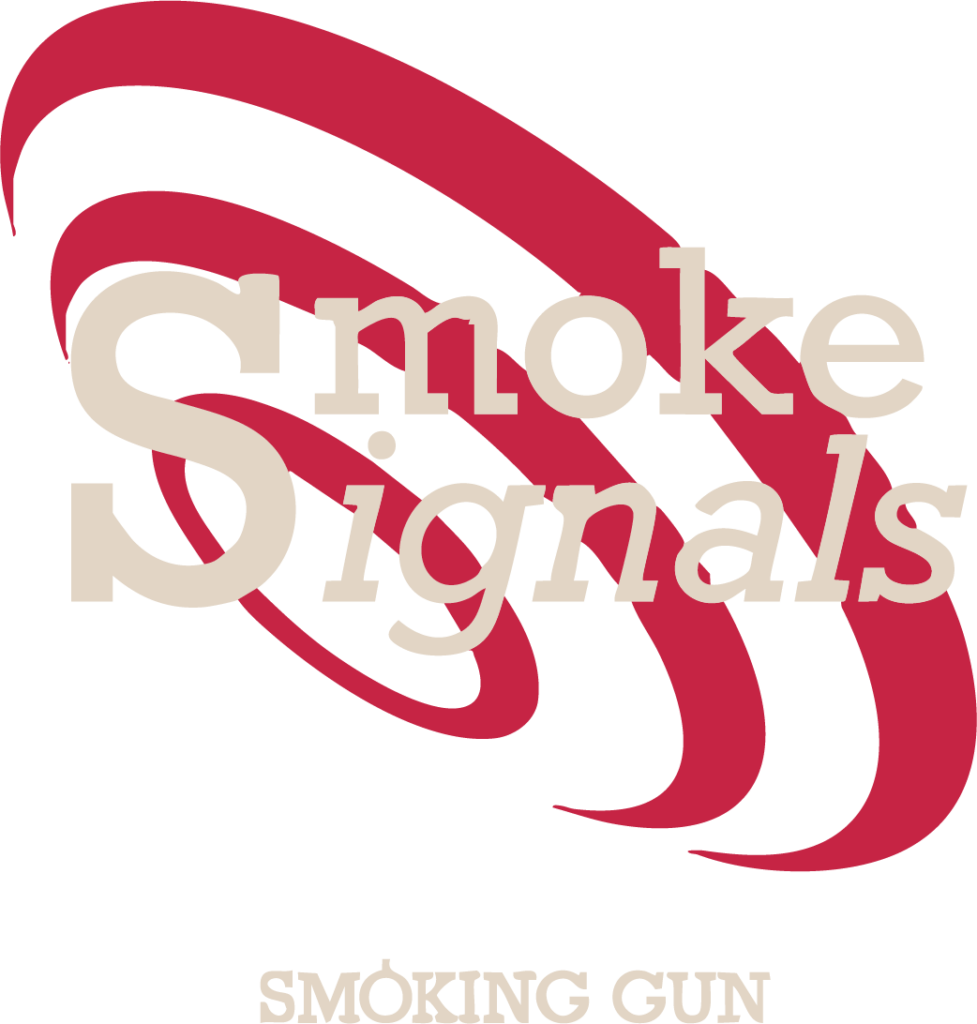
Yesterday Smoking Gun PR’s blog returned to the subject of influencer marketing. And specifically the need for brands to look for reliable influencer marketing advice. Well, we’re back today with another post on this perpetual marmite of the comms world thanks to yet another study.
Analytics firm InfluencerDB doesn’t believe influencers are all that good at influencing anymore. Or at least influencers on Instagram appear to be losing some of their mojo.
The study found that #sponcon engagement on the platform has been in free-fall since 2016. It current sits at 2.4%, having hit the 4% mark three years ago. Over the same period of time, non-sponsored influencer posts have taken an engagement plummet too— from 4.5% to 1.9%.
Wait, didn’t you just publish a blog telling us influencer marketing was on the rise?
You’re damn right we did. Less than 24 hours ago, to be exact. And this is part of the problem— as with so much in the commsverse, for every positive study there’s a negative one. Or maybe not.
Yesterday’s blog, although clearly showing that spend on influencer marketing was growing, also highlighted a serious problem with engagement. Namely that a vast amount of engagement is now coming from false accounts.
The problem is compounded if we now take into account how low engagement rates are— even with a platform-load of fake accounts twisting the stats.

Not even the studies are that simple
Herein lies the shrubbery maze. While we have said time and again that mass influencers are likely to fall, and in many cases have already begun falling out of favour, the same cannot be said for smaller level accounts. As most reliable influencer marketing advice will tell you, micro and nano influencers are actually becoming more influential providing they are being used in the right way, for the right sectors.
The InfluencerDB report backs this up. Engagement is at an impressive 6.3% for those with 5—10,000 followers. This rises to 8.8% for those with 1—5,000.
Globally, the average Instagram engagement rate per post— according to Iconosquare— is 4.7%, based on analysis of over 30,000 posts. Taking that into consideration, the small scale influencers aren’t doing too badly. At all.
It’s all quite confusing. If only there was somewhere reliable to get influencer marketing advice from things would be easier
Don’t worry, we’re not about to resort to chap sales tactics pushing our guide to The New Influencer Marketing Age. Well, OK, maybe just a little bit. There, done.









